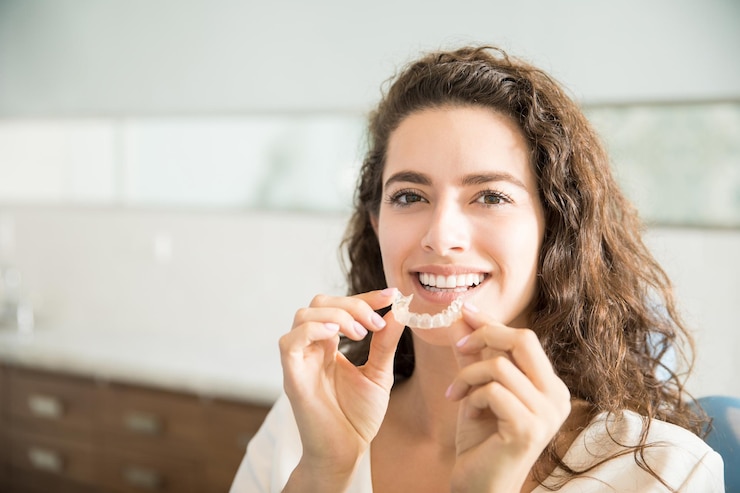
Your teeth are always on the move, even if you’ve never had braces. As we get older, our jaws change shape, causing a shift in tooth alignment. Everyday activities like talking or eating also slowly contribute to this movement over time. Because of these changes, there might come a day when your retainer no longer fits properly.
Many people start out wearing their retainers diligently but may become inconsistent over time due to busy schedules or forgetfulness. This irregular use is a common reason retainers stop fitting as they should. If you’re in this situation, there’s no need to worry! Here’s a simple guide to help you figure out what to do next.
Understanding the Role of Retainers
A retainer is a custom-made dental device designed to keep your teeth in their new position after orthodontic treatment. Its main purpose is to prevent your teeth from shifting back to their original alignment.
Your teeth require time and consistent pressure to hold their new position. Without a retainer, the bones and ligaments in your mouth won’t stabilize fully, and your teeth are likely to drift away from their corrected position.
Signs That Your Retainer No Longer Fits
You’ll know your retainer doesn’t fit if it’s either too tight or too loose. If you have to force it into place, it’s likely no longer effective.
Sometimes, this happens through no fault of your own. For instance, retainers can be damaged by heat. Leaving them in a hot car or another warm environment can cause them to lose their custom shape and fit.
Is It Okay to Wear an Old Retainer?
It’s not a good idea to wear a retainer that feels too tight, too loose, or causes pain. Wearing an ill-fitting retainer can damage the tissues, ligaments, or even the bones in your mouth.
However, if an old retainer still fits without significant discomfort or force, you might be able to wear it consistently until your teeth adjust again. In these cases, only take out the retainer when eating, drinking, or brushing your teeth.
What to Do if Your Retainer Doesn’t Fit Anymore
If your retainer no longer fits, it’s time to book an appointment with your dentist or orthodontist. They’ll likely take a new impression of your teeth to create a brand-new retainer that fits perfectly.
Once you receive your new retainer, take care of it by storing it in a safe, cool place. Follow your orthodontist’s instructions on how often to wear it. For some people, this might mean wearing it all day for a while. For others, it might only be necessary at night.
Final Thoughts
If your retainer doesn’t fit anymore, don’t stress—it’s not a lost cause. Your orthodontist can help by providing you with a new retainer or discussing other treatment options if needed. The key is to address the issue promptly. Waiting will only make things harder to fix.
Taking care of your retainer and wearing it as recommended will help ensure your teeth stay aligned for the long term. If you’re unsure about anything, don’t hesitate to reach out to your dental professional for guidance.